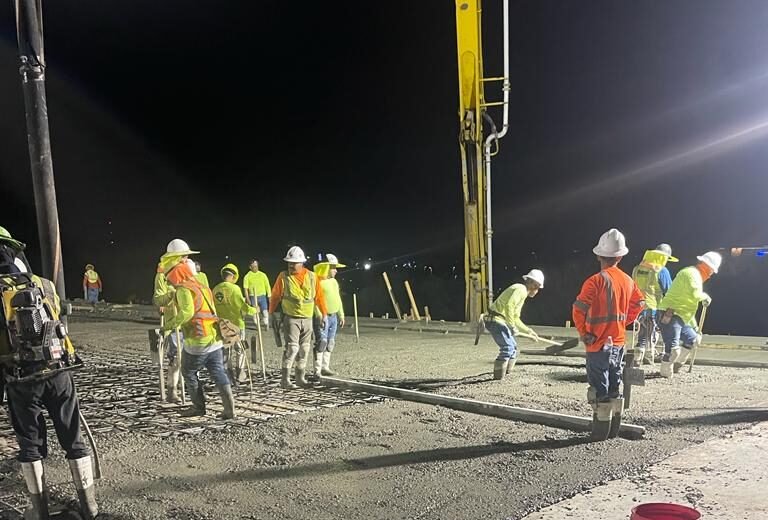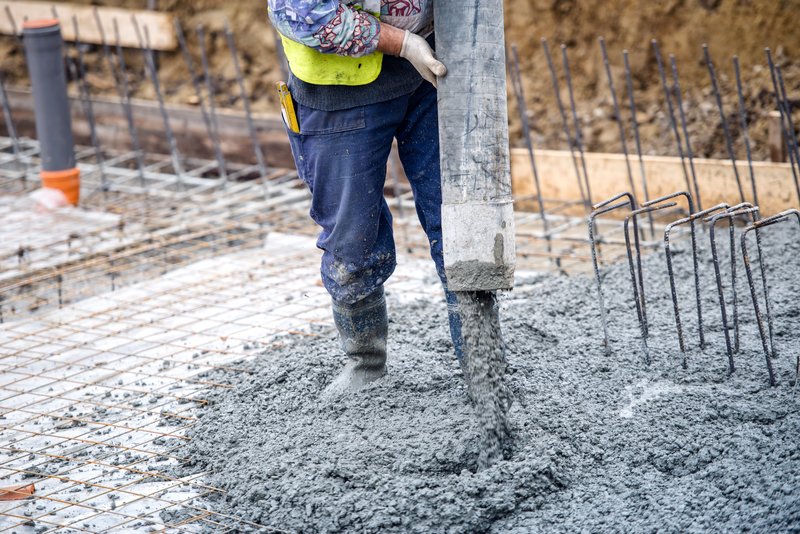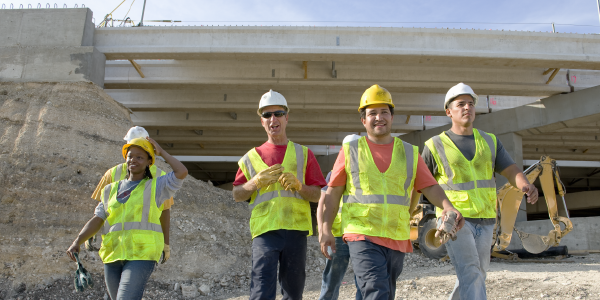
Sustainable Concrete Innovations in 2025: The Future of Eco-Friendly Construction In 2025, the construction industry continues its transformation towards sustainability,…

Concrete construction is a cornerstone of modern industry, playing a crucial role in infrastructure development. However, working with this material requires a deep understanding of safety measures and best practices to ensure structural integrity and worker safety. This article explores essential standards and provides practical tips for safe and efficient construction.
Compliance with international and local standards is fundamental in any construction project. These regulations are designed not only to ensure the quality and durability of concrete structures but also to protect the lives of workers and end-users.
Organizations such as ASTM (American Society for Testing and Materials) and ISO (International Organization for Standardization) have established international standards covering everything from the composition and quality of concrete to testing methods and construction safety. For example, ISO 22965 details the properties of concrete and its compliance.
In addition to international standards, compliance with local legislation is crucial. Each country or region may have its own construction codes that must be followed, which can include specifications on mixing, curing, and using concrete in various climatic and geographical conditions.
Careful planning is essential for any construction project. This includes analyzing structural load, considering environmental factors, and selecting the most suitable types of concrete for each part of the construction.
Proper handling of concrete is critical. From mixing to pouring, each step must be performed following established procedures to ensure quality and durability. Additionally, precautions must be taken to ensure worker safety during these stages.
Safety on the worksite is a priority. This includes implementing safety measures such as the use of personal protective equipment (PPE), training workers in safe practices, and regularly inspecting the site to identify and mitigate potential hazards.
Safe and efficient construction with concrete requires a comprehensive approach that includes compliance with regulations, application of best practices, and a constant commitment to workplace safety. By adhering to these principles, contractors can ensure not only the integrity of their structures but also the protection of those who build and use them.

Sustainable Concrete Innovations in 2025: The Future of Eco-Friendly Construction In 2025, the construction industry continues its transformation towards sustainability,…

The Science Behind Concrete Cracking: Causes and Solutions Cracks in concrete are one of the most common issues in construction,…

Top 10 Concrete Myths Debunked: What Every Contractor Should Know Concrete is one of the most widely used construction materials,…

How to Plan Concrete Pouring in Large Construction Projects Pouring concrete in large-scale construction projects requires meticulous planning, logistical coordination,…

How Workplace Safety Affects the Durability and Quality of Concrete in Construction Projects Workplace safety is crucial not only for…

Best Practices for Safety in Concrete Placement and Handling on Construction Sites Handling and placing concrete on a construction site…

Innovations in the Use of Concrete in Residential Construction Projects Concrete has traditionally been associated with heavy infrastructure construction, but…

How to Conduct a Safety Inspection on Concrete Construction Sites Safety is a fundamental priority on any construction site, especially…

7 Benefits of Sustainable Concrete for the Environment and Your Project Sustainable concrete is an eco-friendly alternative to traditional concrete,…
© 2023 Created with RGA Concrete Contractors LLC
This website uses cookies to provide you with the best browsing experience.